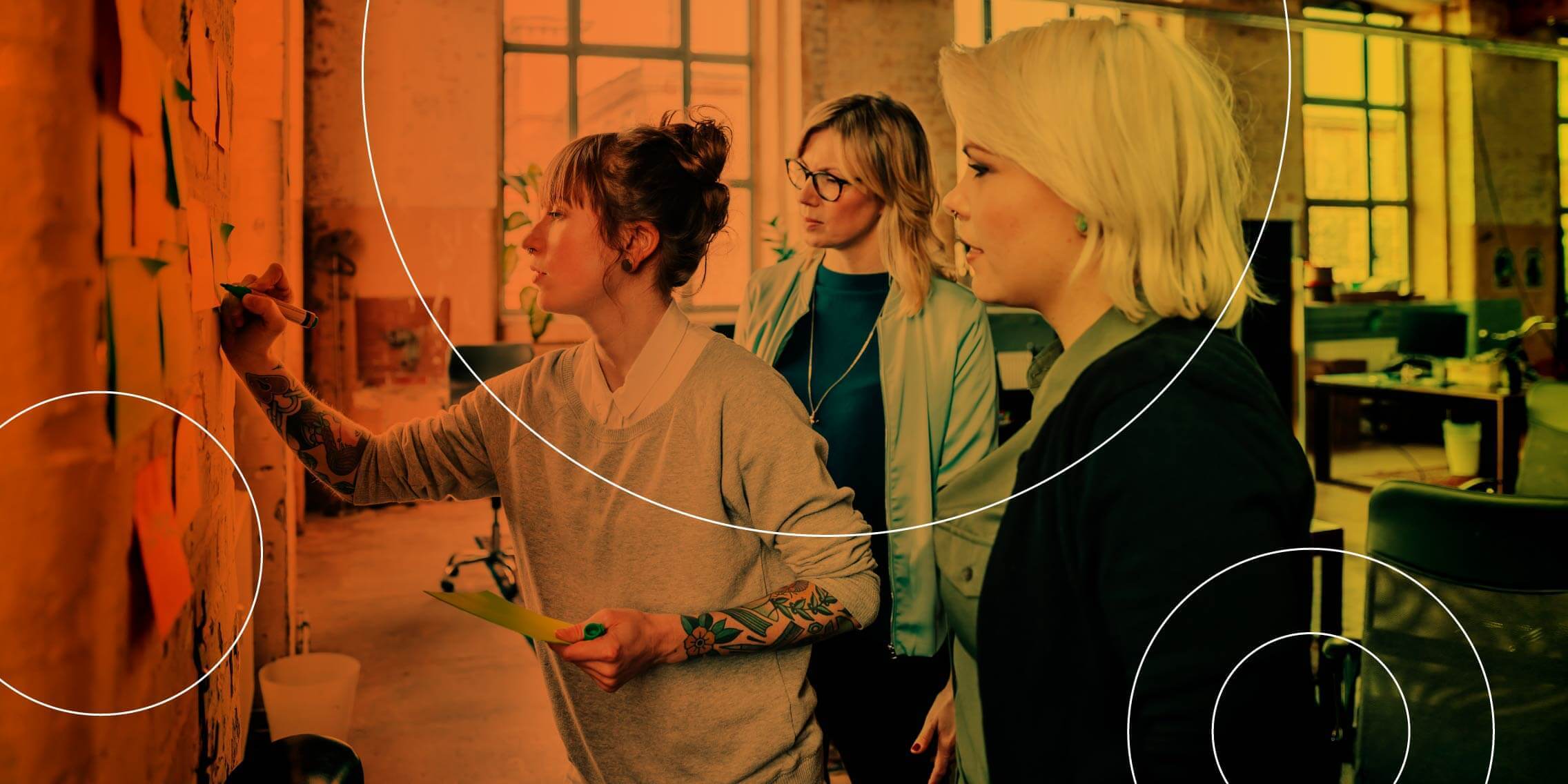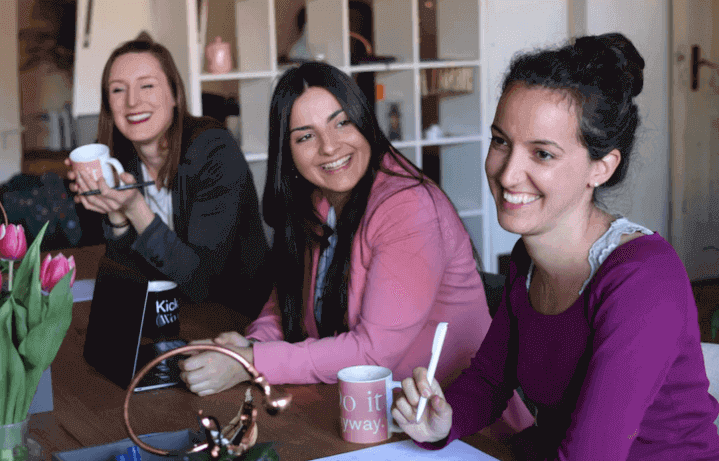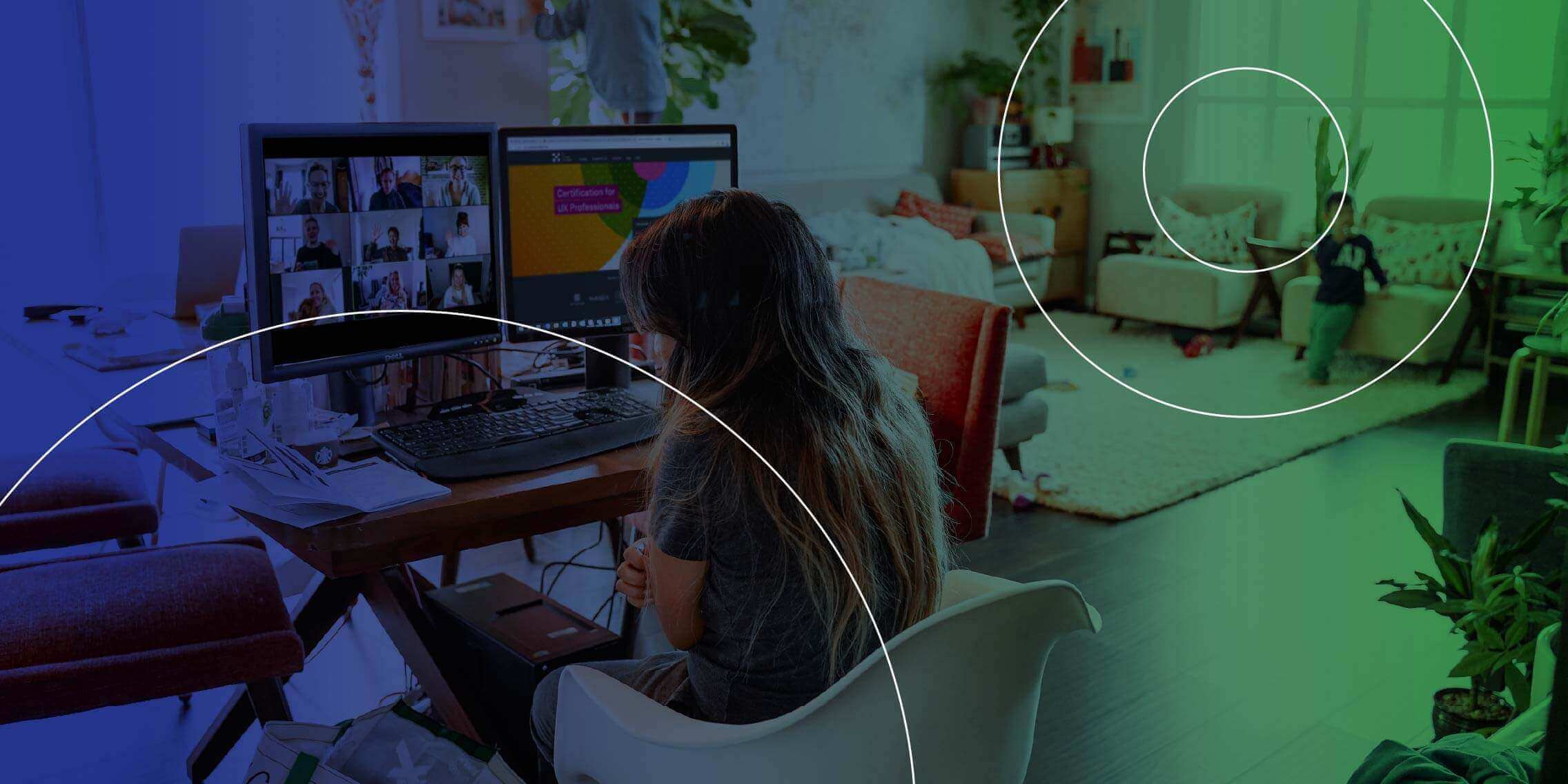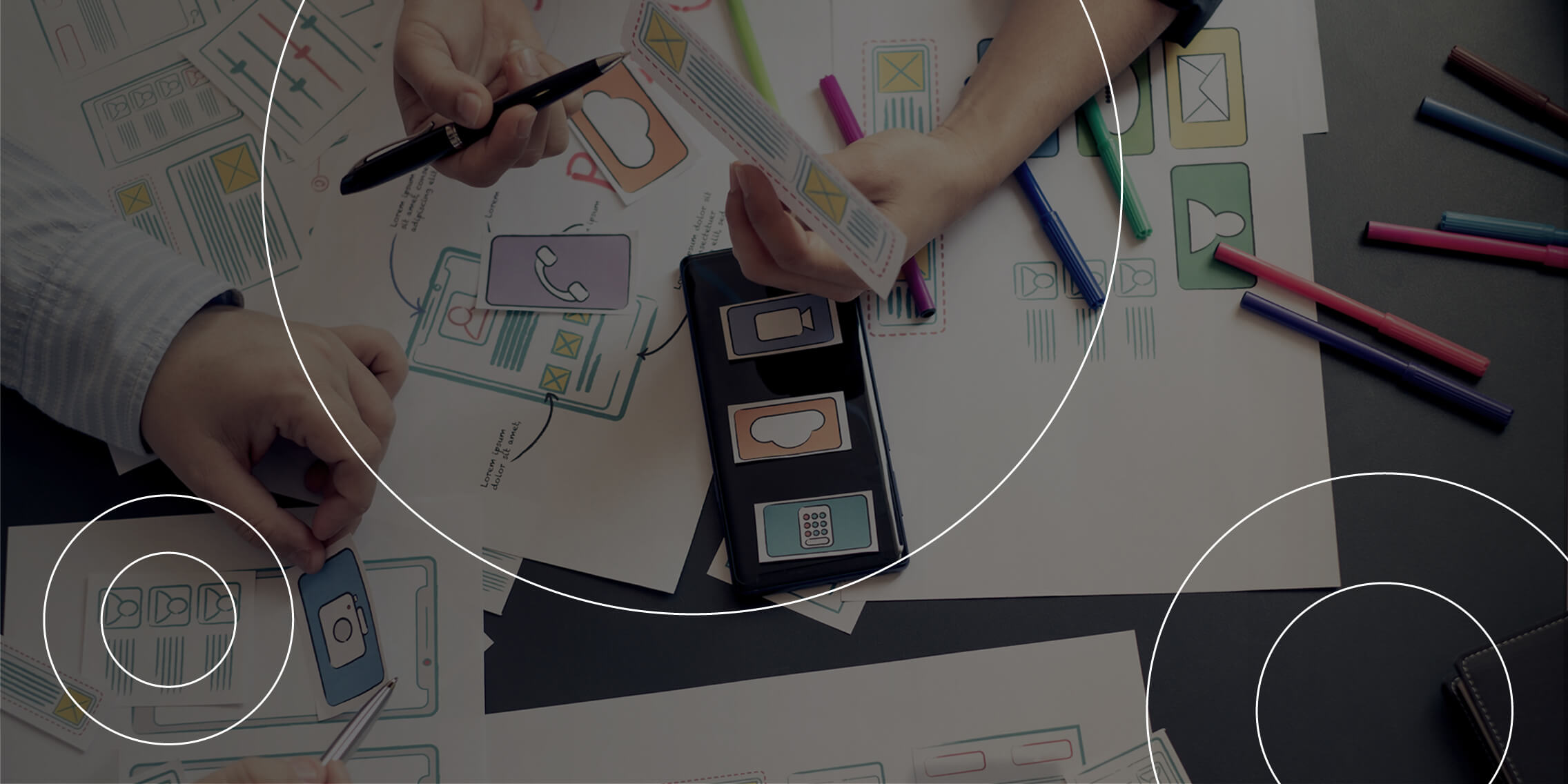UX is one area of tech where women are well represented.
But there’s a lot more to be done.
With that in mind, we spoke to two women whose individual actions are championing women and positively affecting the UX industry as a result: Kim Mackenzie-Doyle, Founder of Why Design and renowned advocate for gender parity, and Luana Cavalcanti of Ladies that UX.
They spoke to us about female participation in UX design and how women can continue to thrive in the sector.
What’s the gender split in UX design?
UX design outperforms most other areas of the tech industry in terms of gender equality. Research conducted by Morgan McKinley found that women account for 41pc of all UX designers in Ireland, while in the wider tech sector this number falls to just 20pc. This reflects the typical student profile at the UX Design Institute, where there is almost an exact 50/50 split between females and males.
Kim says the varied nature of the role can be a factor.
I think UX is that perfect fusion of empathy, creativity and data. It’s almost like you’re backing up your creative thinking and delivering these amazing experiences. I think UX as a creative career, is an excellent choice for women to climb the ranks, and fast.
As a relatively new area, UX professionals tend to come from really diverse backgrounds from graphic design to data science to psychology. Luana says this is another possible reason for large numbers of women in UX who may have transitioned from more female dominated industries. “If you have a degree in psychology, visual arts or even marketing you could be a good candidate for a role in UX.”
If we’re seeing such encouraging levels of gender parity, what are the challenges facing women in the industry?
“There is still a lot more men in the very top UX senior positions,” says Kim, “so it’s about how we continue to get women the opportunities they deserve.”
According to Kim, for that to happen requires serious policy updates in lots of companies. “Equalising parental leave and offering flexibility around working hours is key to change. We need to get to a place where women can take time out to have children without their career suffering.”
How can women support one another in their careers?
For Luana it’s about mentorship and career guidance. Mentorship is a cornerstone of Ladies that UX, a community set up in 2013 in response to a perceived lack of female representation in the UX industry. Since then, the community has expanded to almost 50 chapters across Europe, America and Asia.
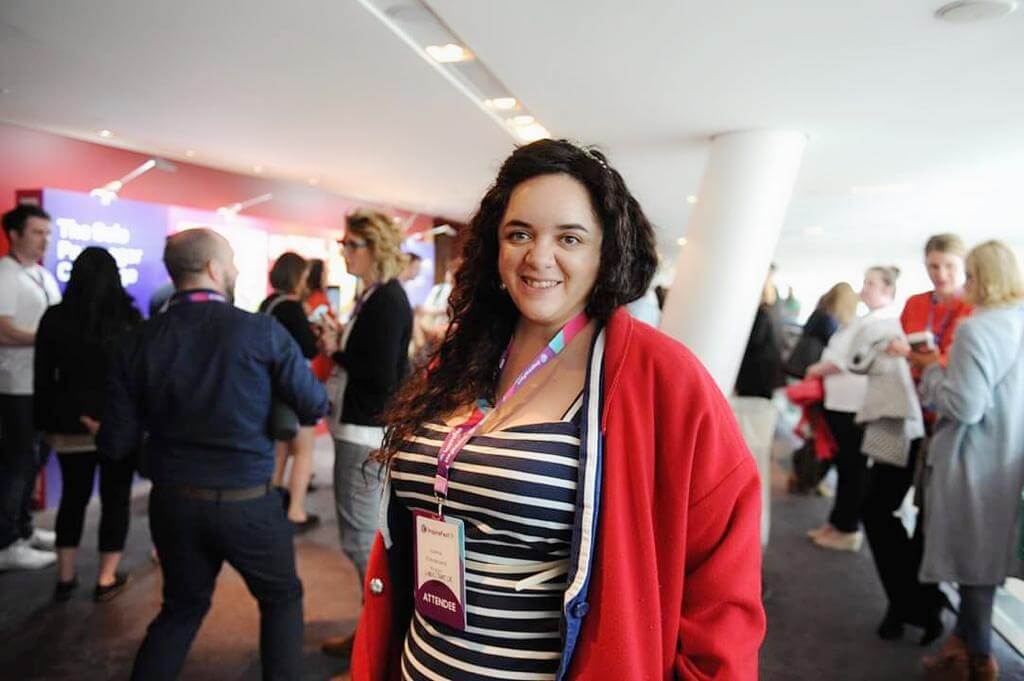
Luana Cavalcanti
Luana, founder of the current Dublin chapter, says the community is about offering a safe space for women in UX to network, share knowledge and learn from each other. “We offer women a forum to improve skills like public speaking and networking without any judgement, whatever stage of your career you’re at.”
What began as pretty casual meetups for UX professionals, evolved into more structured events with highly practical benefits for members.
We’ve grown to the point that we can organise mentorship programmes and offer something more technical. Women that are senior or mid or junior can come and learn from mentorship and upskilling workshops.
In Kim’s experience, being open about past failings is a great way to help and encourage women in their early careers. “I’m always very open in sharing all the mistakes that I made early on as I think it would be great if people could learn from those,” she said. “Learn to maybe be more vocal in meetings or more confident talking about salary. Only 7pc of women negotiate their first salary compared to 57pc of men.”
When it comes to female leadership, it’s about calling out imbalance when you see it.
To be a great designer, you need to have a lot of empathy and I think it’s something women generally tend to have. That needs to translate into building out balanced teams, which of course goes beyond gender.
What more can be done to contribute to gender equality in UX?
Men can play a pivotal role in empowering and supporting their female colleagues. They need to participate in the conversation and be part of the change. In Kim’s early career as a product designer she was often the only woman in the room.
She says there are small changes that can really make a design project or working environment more inclusive.
Don’t undervalue language for one. If you’re opening an email with ‘hi guys’, if you’re putting sporting terms like ‘middleweight designer’ in your job descriptions, you’re gearing your communication towards men. I don’t want to live in a super PC world, that would be no fun but I do want to live in a world which is really fair.
Kim says people directing projects or meetings need to be particularly aware of select voices dominating a discussion. “Make sure that everyone has had an opportunity to speak so that the quieter voices in the room – that might have something brilliant to say – aren’t overpowered by the louder ones.”
Luana agrees that having male allies is crucial. “I think it’s important for men to amplify the voice of women in the workplace. Asking women for their opinion or their help is a show of support.”
Getting men involved in the conversation is something that Luana has tried to do at Ladies that UX too. She says men are welcome to get involved in the group, even the mentorship. “We never close the doors to men. Anyone can come to our events,” she added.
What advice would you offer women in the early stages of their UX career?
“Back yourself,” says Kim. She believes women need to stop doubting their own abilities and believe in their own success. “We’re often our own worst enemy when it comes to putting ourselves down. We need to be our own motivational coaches, trust our instincts and back ourselves.”
For Luana, it comes back to building your network and learning from the community around you. “It was through my mentor that I learnt about Ladies that UX and that really boosted my career. It helped me to place myself in the market and even to figure out my strengths and weaknesses,” she said.
Want to learn more about UX design?
If you’re interested in learning about how to become a certified UX designer with our Professional Diploma in UX Design, find out more below:

